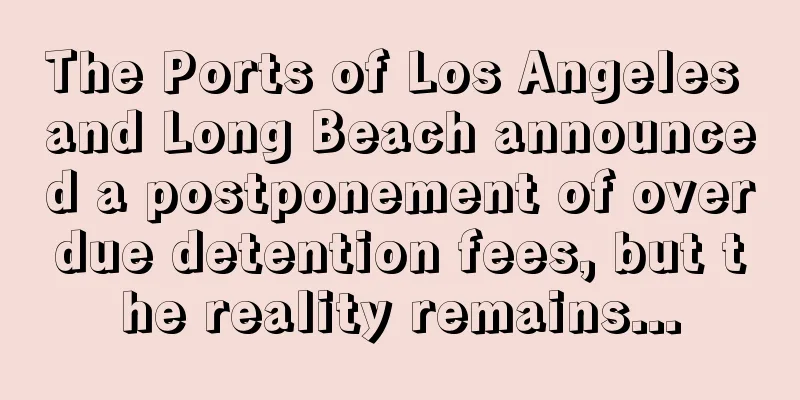Are returns a problem during the peak season? Buyers get products for free, causing dissatisfaction among sellers...

|
Today, when I was browsing the official Amazon seller forum, I found that some sellers reported that during the peak season, there was a phenomenon of buyers getting products for free and then returning them.
Seller HGEssentials said that a large number of buyers placed orders for products during the peak season and chose to return them after use. The free use rights of products, especially Christmas decorations, have become the main victims of free returns this year. HGEssentials emphasized that in addition to completely fake returns, sellers cannot even collect return labels from buyers. HGEssentials strongly recommends that Amazon change its policy of "allowing buyers to return Christmas items before January 31."
HGEssentials’ post attracted the attention of many sellers, and many sellers said they had the same experience.
Seller A: The buyer has used the item for their holiday Christmas card pictures, party or whatever and now they don't need it anymore so they are asking us to pay for their holiday.
Seller B: The anonymity of the Internet does conceal the deviant behavior of many buyers.
Seller C: Let me share a true story. I attended a Christmas party and the ladies bought a tent for $138. There was nothing wrong with the product quality. But she still revealed in her conversation with others that she would return it after the holiday because Amazon's policy allowed them to use the product for free.
Afterwards, the sellers also shared their opinions on how to deal with the return of free products in the forum:
Seller D: Remember, you are a merchant with the power to protect your business. While we only sell new, sealed items, Amazon is increasingly accepting fraudulent returns using the RFS program, and our return rate has doubled since the program began. But we have found a way to reduce this loss by sending buyers a copy of Amazon's return policy, stating the amount of the expected refund, and highlighting the consequences of incorrect return reasons. Buyers are not deceiving Amazon, they are using the Amazon website to deceive you.
Seller E: All I do is divide my returns/refunds by my total sales and then raise my product prices accordingly. Sellers have two choices: sell more and lose money, or sell less and make money.
As an e-commerce platform, Amazon is not wrong to focus on the buyer's consumption experience. However, it has repeatedly infringed on the rights of sellers to serve buyers, which will sooner or later make sellers lose their trust. Seller return the goods Amazon |
<<: Amazon plans to launch its own independent website to challenge Shopify
>>: Competing with Amazon, Google and Facebook are aggressively moving into live shopping
Recommend
What is ldGlobalService? ldGlobalService Review, Features
ldGlobalService provides services for third-party...
TikTok launches new "Seller University" to help users sell goods through the platform
According to socialmediatoday, TikTok is currentl...
Amazon launches new logistics service, available to independent website sellers
When it comes to online shopping, what do buyers ...
ThirdLove enters new fields, casual wear may explode in the US
Recently, the American lingerie e-commerce compan...
Delisted! Guangdong cross-border sellers lose out in the capital market
In recent years, the cross-border e-commerce circ...
Many Amazon sellers’ links have been removed!
If a brand abuses this threshold, it will be impo...
Another e-commerce platform ceases operations! Termination of cooperation with sellers
This year's cross-border e-commerce industry ...
What is Aftershop? Aftershop Review, Features
Aftershop is a tool that helps sellers build bran...
At 108 yen per dollar, the yen exchange rate fell to its lowest level since July last year
On March 5, in the Tokyo foreign exchange market,...
U.S. consumer inflation is expected to rise to 7.2% in January, the highest in 30 years
The CPI, due at 8:30 a.m. ET Thursday , is expect...
What is lindakale? lindakale Review, Features
Founded in 2014, lindakale is an online mall focus...
Another platform blocks accounts in batches
Last year, Amazon's account suspension reshuf...
What is Hangzhou Meteor Network? Hangzhou Meteor Network Review, Features
Hangzhou Meteor Network Co., Ltd. is a subsidiary ...
What is Sidecar? Sidecar Review, Features
Sidecar helps retailers extract profits from the ...
What is FPX? FPX Review, Features
FPX is a real-time online payment gateway in Malay...









